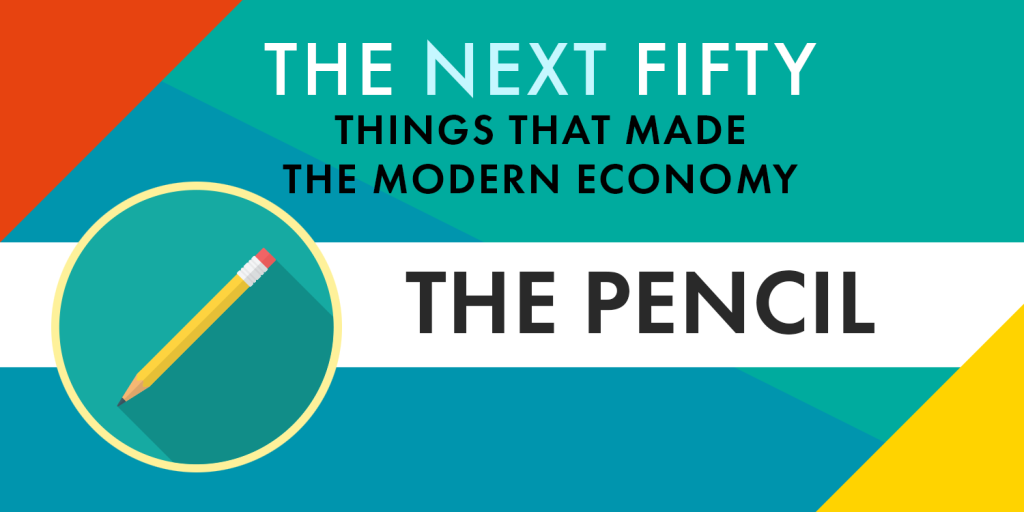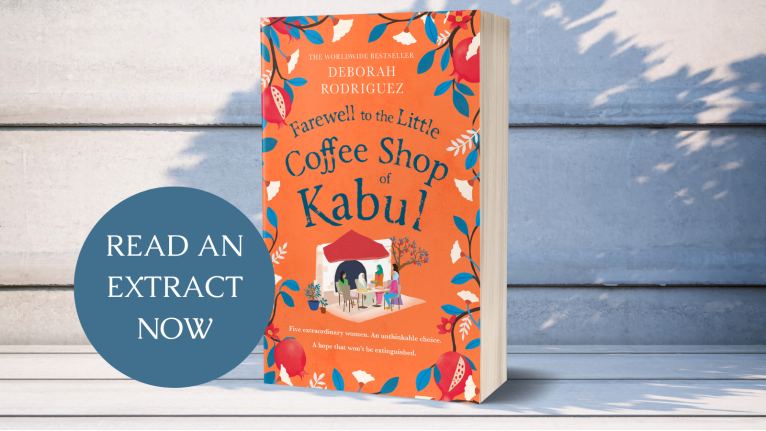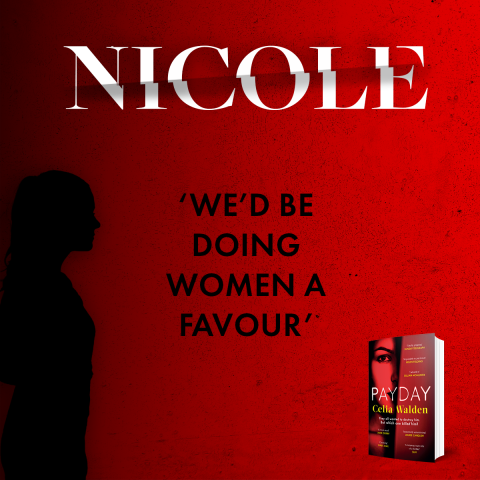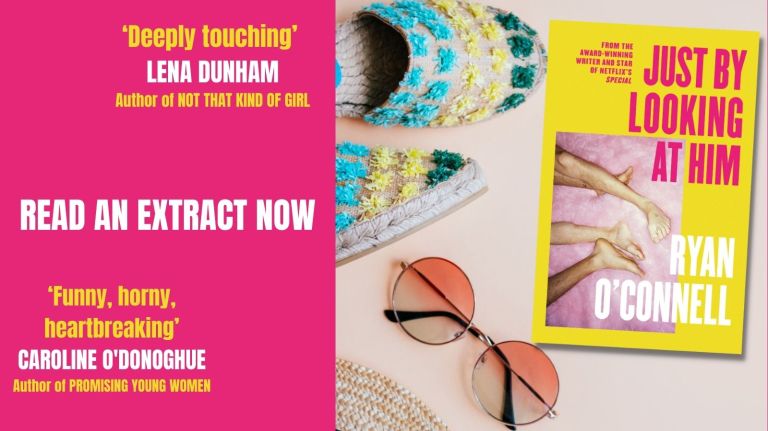The Next Fifty Things That Made the Modern Economy – the pencil

In Fifty Things that Made the Modern Economy, the revolutionary, acclaimed book, radio series and podcast, bestselling economist Tim Harford introduced us to a selection of fifty radical inventions that changed the world.
Now, in this new book, Tim Harford once again brings us an array of remarkable, memorable, curious and often unexpected ‘things’ – inventions that teach us lessons by turns intimate and sweeping about the complex world economy we live in today.
To celebrate publication, we’re sharing extracts of five of the fifty things Tim includes in his new book. Today we’re shining the spotlight on the pencil.
When Henry David Thoreau, the great nineteenth century American essayist, made a comprehensive list of supplies for an excursion, he specified obvious items such as a tent and matches, added string, old newspapers, a tape measure and a magnifying glass, and also included paper and stamps, to make notes and write letters. Strange, then, that he omitted to mention the very pencil with which he was making the list.1 Stranger still, when you realise that Thoreau and his father made their money by manufacturing high-quality pencils.2
The pencil seems fated to be overlooked, which makes it the ideal subject of an old English riddle: ‘I am taken from a mine, and shut up in a wooden case, from which I am never released, and yet I am used by almost everybody.’ Nobody declares that ‘the pencil is mightier than the sword’ – not so long as erasers exist. But overlooked is just the way I like it. I am an admirer of the things that tend to pass unnoticed. From the brick to the ‘Like’ button, cellophane to the menstrual pad, the inventions that fill the pages of this book are often taken for granted. Their stories are seldom told, and the lessons they might hold are rarely learned. That is why – I hope – those stories and lessons might teach us more than a discussion of more obvious breakthroughs such as the steam engine or the computer.
In selecting the fifty- one subjects of this book, my aim has been to tell stories that will surprise you, about ideas that have had fascinating consequences. There are plenty of other books about inventions that changed the world; this book is about inventions that might change the way you see that world. And there is no better place to start than with the poor neglected pencil. We don’t even give it the courtesy of a sensible name. ‘Pencil’ is derived from the Latin word penis, which means – yes, yes, settle down – ‘tail’. That is because Roman writing brushes were made from tufts of fur from an animal’s tail. ‘Lead pencils’ achieve the same effect without needing ink. Or, indeed, lead – because pencil leads are actually made of graphite. The idea of graphite on a stick of wood is about 450 years old. Yet more than two centuries later, Encyclopaedia Britannica was still defining a ‘pencil’ as a brush, just as Ciceroor Seneca might have used.3 But the pencil does have some champions.
Henry Petroski, a historian of the pencil, points out that its very erasability makes it indispensable to designers and engineers. In his words, ‘Ink is the cosmetic that ideas will wear when they go out in public. Graphite is their dirty truth.’4 And then there’s the American economist Leonard Read, who was a crusader for the principles of small-government free-market economics. In 1958, Read published an essay titled ‘I, Pencil’ – written in the voice of the pencil itself. While the pencil in the English riddle sounded resigned to its obscurity, Read’s pencil is a proselytising libertarian with a melodramatic disposition: ‘if you can become aware of the miraculousness which I symbolize, you can help save the freedom mankind is so unhappily losing’.5 Read’s pencil is well aware that it doesn’t at first appear impressive: ‘Pick me up and look me over. What do you see? Not much meets the eye—there’s some wood, lacquer, the printed labeling, graphite lead, a bit of metal, and an eraser.’
And yet, the pencil goes on to explain, collecting its cedar wood required saws, axes, motors, rope and a railway car; its graphite comes from Ceylon – modern- day Sri Lanka – mixed with Mississippi clay, sulphuric acid, animal fats and numerous other ingredients. And don’t get the pencil started on its six coats of lacquer, its brass ferrule, or its eraser – made not from rubber, it wants you to know, but from sulphur chloride reacted with rape-seed oil, made abrasive with Italian pumice and tinted pink with cadmium sulphide.6 And what is the ingenious answer to the perennial question, how do they get the graphite inside the wood? The trick is to take a slim slab of that cedar wood, kiln dried, and saw a row of grooves into the top surface. Originally the grooves were square – easier to cut by hand. Now they are precision- machined with a semicircular cross-section.7 Once the cylindrical rods of graphite are laid into the grooves, glue another grooved slab on top – this time with the grooves in the bottom – and then cut the whole graphite sandwich into sticks, parallel to the graphite rods. These sticks are unformed pencils, so plane, varnish, and the job is done.8
All this to produce a pencil that can be yours for pennies – a box of 150 retails for £14.99 – and to which most of us give not a moment’s thought. But Read’s plucky pencil is undaunted. It draws a stirring conclusion from the complexity of its international supply chains and the precision of its manufacture: ‘Leave all creative energies uninhibited . . . Have faith that free men and women will respond to the Invisible Hand. This faith will be confirmed.’9
Read’s essay became famous when the economist Milton Friedman – a Nobel memorial prize winner, free- market champion and a gifted communicator of economic ideas –adapted it for his 1980 TV series Free to Choose. Friedman drew the same lesson from the humble pencil’s formidably complex origins; it was an astonishing testimony to the power of market forces to coordinate large numbers of people with nobody in overall charge: ‘There was no commissar sending out orders from central office; it was the magic of the price system.’10
Go back in time five hundred years or so, and you’d have seen the magic of the price system swing into action. Graphite was first discovered in the English Lake District. Legend has it that a ferocious storm uprooted trees in the idyllic valley of Borrowdale. Underneath their roots was a strange, shiny black substance that was initially dubbed ‘black lead’.11 Did it have any uses that would justify investing in a mine? Well, yes. Graphite was promptly used as ‘a marking stone’, as celebrated in this London street hawker’s cry from three centuries ago: Buy marking stones, marking stones buy Much profit in their use doth lie; I’ve marking stones of colour red, Passing good, or else black Lead.12 Because graphite was soft yet heat- resistant it was also used for casting cannonballs. It soon became a precious resource. Not quite as pricey as its mineral cousin, diamond – both are forms of carbon – but valuable enough for miners to be supervised by armed guards as they changed out of their clothes at the end of the shift, lest they try to smuggle a nugget away.13
By the late 1700s, French pencil manufacturers were happily paying to import high-quality Borrowdale graphite. But then war broke out, and England’s government sensibly decided not to make it easy for the French to cast cannonballs. What were the French pencil-makers to do? In stepped Nicholas-Jacques Conte, French army officer, balloonist, adventurer – and pencil engineer. Conte painstakingly developed a way to make pencil leads from a mix of clay with low-grade powdered continental graphite. For these efforts, the French government awarded him a patent. The back story of Leonard Read’s heroic pencil, it turns out, is even more complex than the pencil itself acknowledges.
But some details of this back story invite us to question whether Read’s pencil is right to be so fiercely proud of its free- market ancestry. Would Monsieur Conte have put such effort into his experiments without the prospect of a state- backed patent? Perhaps; perhaps not. The economist John Quiggin raises a different objection: while Read’s pencil underlines its history of forests and railway carts, both forests and railways are often owned and managed by governments.14 And while Friedman was right that there is no Pencil Tsar, even in a free-market economy there are hierarchies. That is an insight explored by another Nobel laureate, Friedman’s colleague Ronald Coase. Leonard Read’s loquacious instrument was made by the Eberhard Faber company, now part of Newell Rubbermaid – and, as in any conglomerate, its employees respond to instructions from the boss, not to prices in the market.
In practice, then, the pencil is the product of a messy economic system in which the government plays a role and corporate hierarchies insulate many workers from Friedman’s ‘magic of the price system’. Leonard Read might well be right that a pure free market would be better, but his pencil doesn’t prove it. It does, though, remind us how profoundly complex are the processes that produce the everyday objects whose value we often overlook. The economy that assembles them for us cheaply and reliably is an astonishing thing. It defies understanding. Still, for a starting point we could do worse than examine an everyday item such as a credit card, a McDonald’s hamburger, a can of baked beans, or an RFID chip on a T- shirt. With every item begins a story of unexpected connections and intriguing consequences. In short, if we want to try to understand our modern economy, Read’s pencil points the way.
All reference sources for this extract are below
1. Henry David Thoreau, The Maine Woods (1864), https://en.wikisource.org/wiki/The_Maine_Woods_(1864)/Appendix#322.
2. Henry Petroski, The Pencil: A History of Design and Circumstance (London: Faber and Faber, 1989).
3. Encyclopaedia Britannica (1771 edition).
4. Petroski, The Pencil, p. 6.
5. Leonard Read, ‘I, Pencil: My Family Tree as Told to Leonard E. Read’, The Freeman (1958) available at https://fee.org/resources/i-pencil/.
6. Read, ‘I, Pencil’.
7. Petroski, The Pencil, pp. 184–6.
8. https://pencils.com/pencil-making-today-2/.
9. Read, ‘I, Pencil’.
10. Milton Friedman, Free to Choose (PBS, 1980), available at: https://www.youtube.com/watchv=67tHtpac5ws.
11. https://geology.com/minerals/graphite.shtml.
12. Eric Voice, ‘History of the Manufacture of Pencils’, Transactions of the Newcomen Society 27 (1950).
13. Petroski, The Pencil, pp. 62, 69.
14. John Quiggin, ‘I, Pencil, Product of the Mixed Economy’, https://johnquiggin.com/2011/04/16/i-pencil-a-product-of-the-mixed-economy/; Newell Rubbermaid corporate website.








